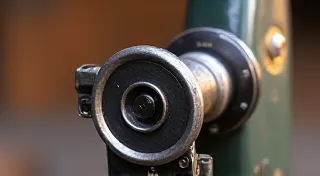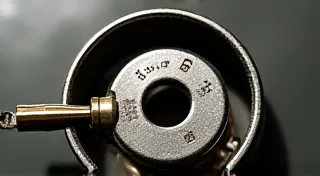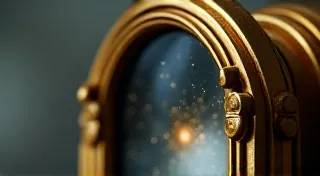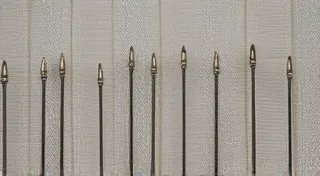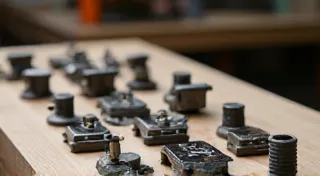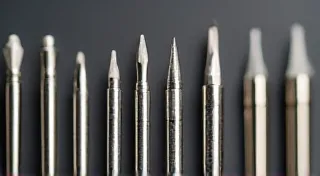Essential Tools for Singer Sewing Machine Repair
Restoring and repairing vintage Singer sewing machines is a rewarding hobby, but it requires the right tools. While some tasks can be accomplished with minimal equipment, having a comprehensive set of tools will make the process significantly easier, safer, and ultimately, more successful. This guide details the essential tools you’re likely to need, broken down into categories from basic hand tools to specialized equipment.
Basic Hand Tools: The Foundation of Repair
These are the tools you’re most likely to already have, or can easily acquire. They’re fundamental for disassembly, cleaning, and reassembly. Don't underestimate their importance!
- Screwdrivers: A variety of sizes, including flathead and Phillips head, are absolutely essential. Vintage Singer machines often use unusual screw sizes, so a good set of precision screwdrivers is a worthwhile investment.
- Pliers: Needle-nose pliers and regular pliers are invaluable for manipulating small parts and gripping difficult-to-reach areas.
- Wrenches: Again, a range of sizes will be needed. Adjustable wrenches are useful, but a set of open-end wrenches will often provide a more secure grip.
- Hammer: A small, lightweight hammer is useful for gently tapping stuck parts loose.
- Files: Fine-cut files are essential for removing burrs and smoothing rough edges.
- Cleaning Brushes: Various sizes of brushes are needed for cleaning grease and grime.
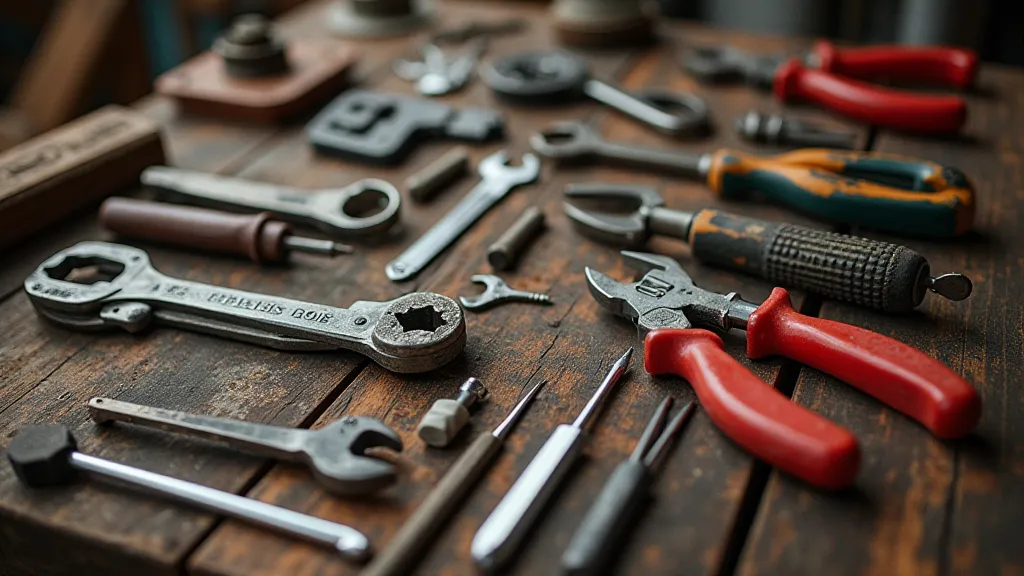
Specialized Tools: Taking Your Repair Skills to the Next Level
Once you become more comfortable with basic repairs, these specialized tools will prove incredibly helpful. They're designed to address the unique challenges of antique sewing machine restoration.
- Machine Oilers: A dedicated oiler ensures precise and controlled application of lubricant.
- Bobbin Winder Tool: Essential for winding bobbins consistently.
- Feather Edge (or Drift): Used to carefully align and adjust presser bar, needle bar, and other delicate components.
- Timing Tool (Specific to Model): Many Singer models require a timing tool to correctly align the drive mechanism. Research the specific tool needed for your Singer model.
- Needle Replacements: Ensure you have a supply of the correct needle sizes for your machine.
- Belt Replacements: Vintage belts often deteriorate over time and need to be replaced.
Advanced Tools: For the Experienced Restorer
These tools are less frequently needed but can be incredibly beneficial for complex repairs or complete overhauls. They often require a significant investment.
- Ultrasonic Cleaner: Perfect for thoroughly cleaning intricate parts, removing stubborn grease and rust.
- Micrometer: Used for precise measurements of parts, critical for ensuring proper fit and function.
- Dial Indicator: Provides detailed information about movement and alignment, useful for diagnosing issues.
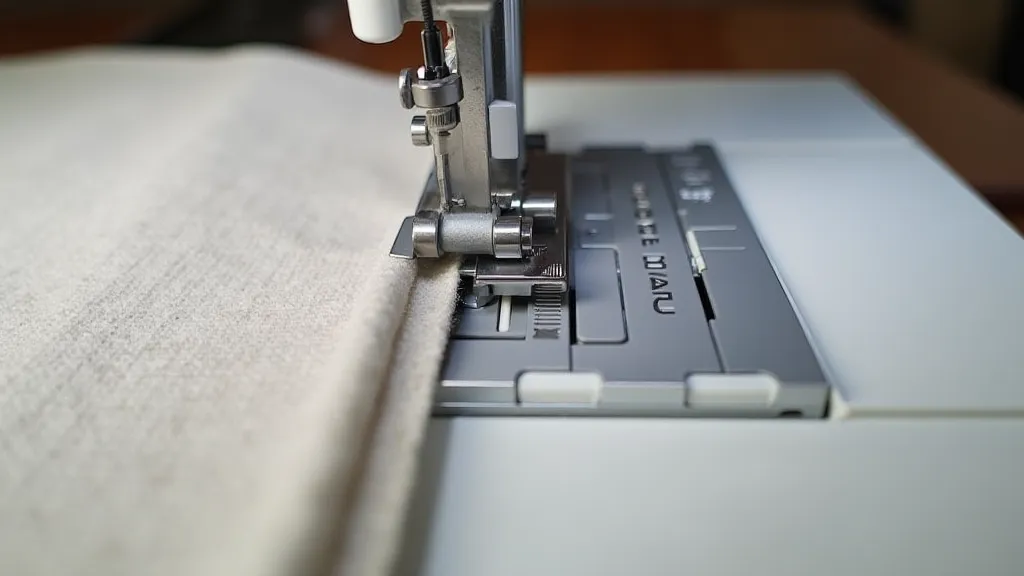
Tool Maintenance & Safety
Just like the sewing machines themselves, your tools need proper care. Keep them clean, rust-free, and sharp. Dull tools are more dangerous than sharp ones. Always wear safety glasses when working on vintage machines – small parts can fly unexpectedly!
Remember to research the specific tools recommended for *your* particular Singer model. Resources like online forums and vintage sewing machine repair manuals are invaluable.
Essential Tool Summary
Here’s a quick recap of the tool hierarchy.- Basic: Screwdrivers, Pliers, Wrenches, Hammer, Files, Cleaning Brushes.
- Specialized: Machine Oilers, Bobbin Winder Tool, Feather Edge, Timing Tool, Needle Replacements, Belt Replacements.
- Advanced: Ultrasonic Cleaner, Micrometer, Dial Indicator.
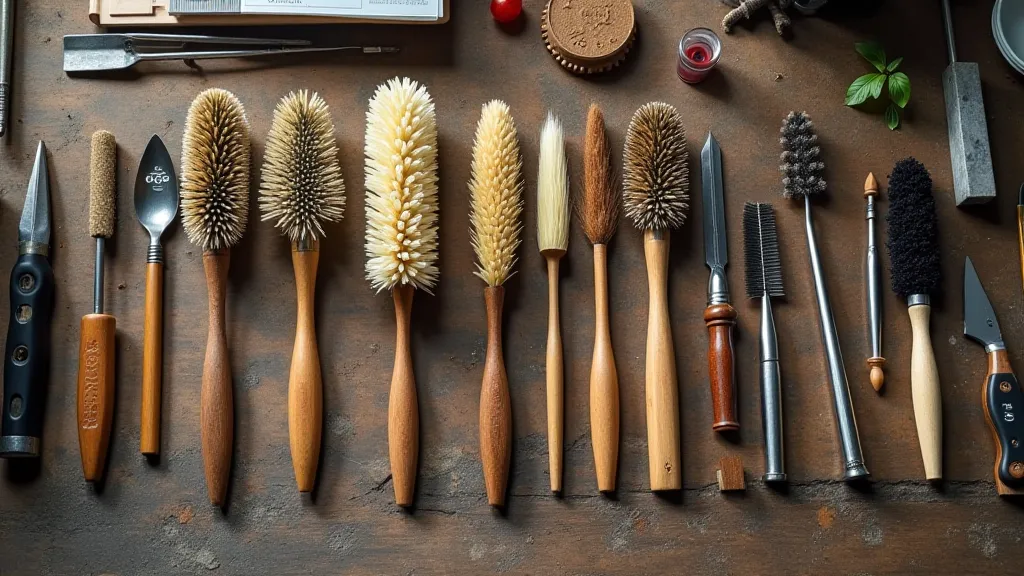
With the right tools and a bit of patience, you’re well on your way to restoring and enjoying your vintage Singer sewing machine!
